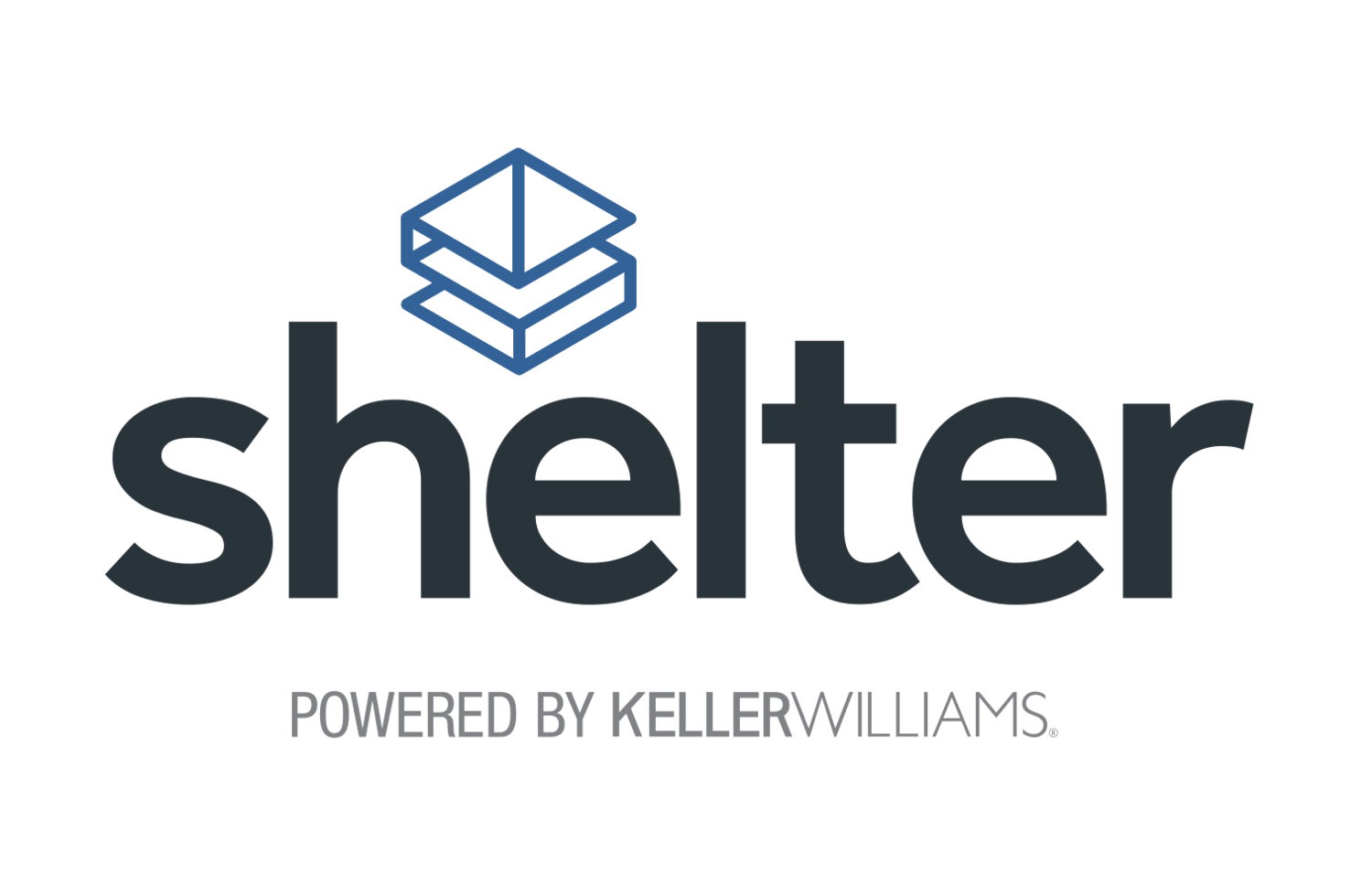CT house prices rose 10% in a year. will they ever drop?
/By Ginny Monk | Published on November 28, 2023
Connecticut saw the fourth-highest rate of house price increases in the country since the third quarter of last year, a lasting impact from dwindling inventory that real estate agents say is unlikely to change in the near future.
Connecticut’s house price index rose by nearly 10% compared to last year and close to 60% compared to five years ago, according to the latest quarterly house price index report, released Tuesday. The Federal Housing Finance Authority publishes its house price index reports to measure residential house pricing movement by state and region.
Price increases are driven by historically low levels of inventory across price ranges, experts say.
The median price in Connecticut is about $375,000, said David Gallitto, president of the Connecticut Association of Realtors and a real estate agent with Huntsman, Meade and Partners Compass Realty Corporation.
“That is our current situation, where we are now,” Gallitto said. “There’s still low inventory, just a couple of months of inventory on the market. I see this moving into the future, too. I don’t see our inventory changing that significantly in the upcoming year.”
National numbers
Vermont’s prices increased at the highest rate year over year with about a 12% rise. Hawaii and Washington, D.C., saw slight price depreciation. Prices rose in 93 of the country’s 100 largest metro regions, according to the FHFA report.
New England had the highest rate of price increases with about a 9% increase compared to the third quarter of 2022. The Pacific region had the lowest at 2%.
Nationally, there was a drop in residential construction after the 2008 recession, which has left many states with housing shortages. Construction also slowed during the early parts of the COVID-19 pandemic because of shutdowns and supply chain delays.
Prices climbed during the pandemic in states like Connecticut as people from large cities like Boston and New York looked to buy in smaller metro areas.
In recent months, high mortgage interest rates have meant that those who got a lower rate years ago are hesitant to sell. As of Tuesday, the state had about 3,700 condominiums and single-family houses for sale on the Multiple Listing Service. Right before the pandemic, there were closer to 22,000, Gallitto said.
That’s about two months of inventory, meaning that if nothing new went on the market, everything would be sold in about two months, Gallitto said.
Before the pandemic, there was about six months of inventory. Markets are typically considered balanced if there are five to six months of inventory available.
There’s also a severe lack of starter homes in Connecticut, agents said. Baby boomers are starting to downsize and purchase those homes, competing with younger buyers who are looking to purchase their first homes.
This means that many have to keep renting, which is putting more strain on apartment availability. A lack of multi-family housing has been a hot-button political issue for years as what experts have said is a housing crisis has worsened with rising rents and fewer affordable apartment vacancies.
Older generations are often able to outbid younger buyers because they’ve built up more wealth. Some can pay for the house in cash, which gives them a leg up, said Bryan Tunney, executive vice president at Brown Harris Stevens and treasurer at the Connecticut Association of Realtors.
Fairfield County
Tunney works in Fairfield County, where he says the issue comes up a lot. It’s a tough market for first-time homebuyers, he said.
“They [older homeowners] have been in their house 20, 30, 40 years, and they’re moving to lower-cost properties as they’re downsizing,” he said.
There’s also been less construction of starter homes in Fairfield County in recent years because it’s not as profitable to build cheaper homes, said Tammy Felenstein, an agent with William Raveis and the past president of the state Realtors Association.
Land prices, as well as costs of supplies such as lumber and other goods, have gotten higher, making it harder to build the more affordable starter homes, Felenstein added.
“It’s mayhem,” Felenstein said. “We severely don’t have enough inventory.”
She said many Fairfield County homes for sale are drawing multiple offers. The lack of inventory persists across every price range, although it’s pronounced in the starter homes.
The state has undertaken initiatives and added more money to programs in recent years to encourage homeownership, which is one of the primary ways people in the United States build wealth.
Fairfield County has also seen more activity in higher-end home sales that cost more than $5 million, Tunney added.
Median sale prices are up about 8% compared to last year and 55% from 2019, Tunney added. The higher-end sales have driven the median up.
Fairfield County buyers are paying about 102% of the asking price, and houses are selling about 30% faster than last year and 68% faster than in 2019, he added.
Looking to 2024
Felenstein said that she’s hopeful more people will list their homes if the Federal Reserve lowers interest rates. The Fed doesn’t set mortgage interest rates, but their federal borrowing rates do influence mortgage rates.
In recent months, they’ve raised rates in an attempt to combat inflation. A Reuters report Tuesday said the Fed policymakers are deciding possible timing for an interest rate cut in 2024.
“The interest rates are going to play a huge factor in the new year,” Felenstein said.
Gallitto said it’s unlikely that there will be huge changes in the market over the next year. More real estate inventory needs to come online to affect large-scale changes, he said.
“The issue is that the demand is high, and the supply is being constrained because people who have lower-rate mortgages are not selling their homes because it’s costing them a lot more to buy their new home,” Tunney said.


